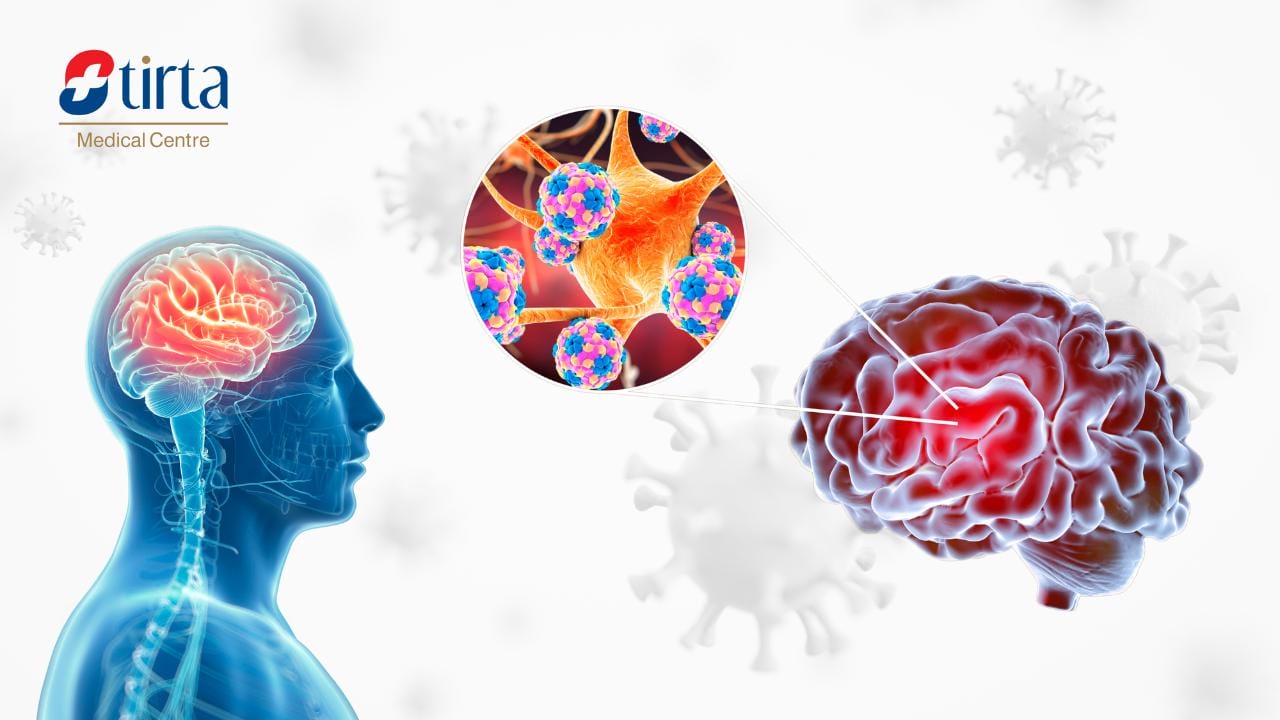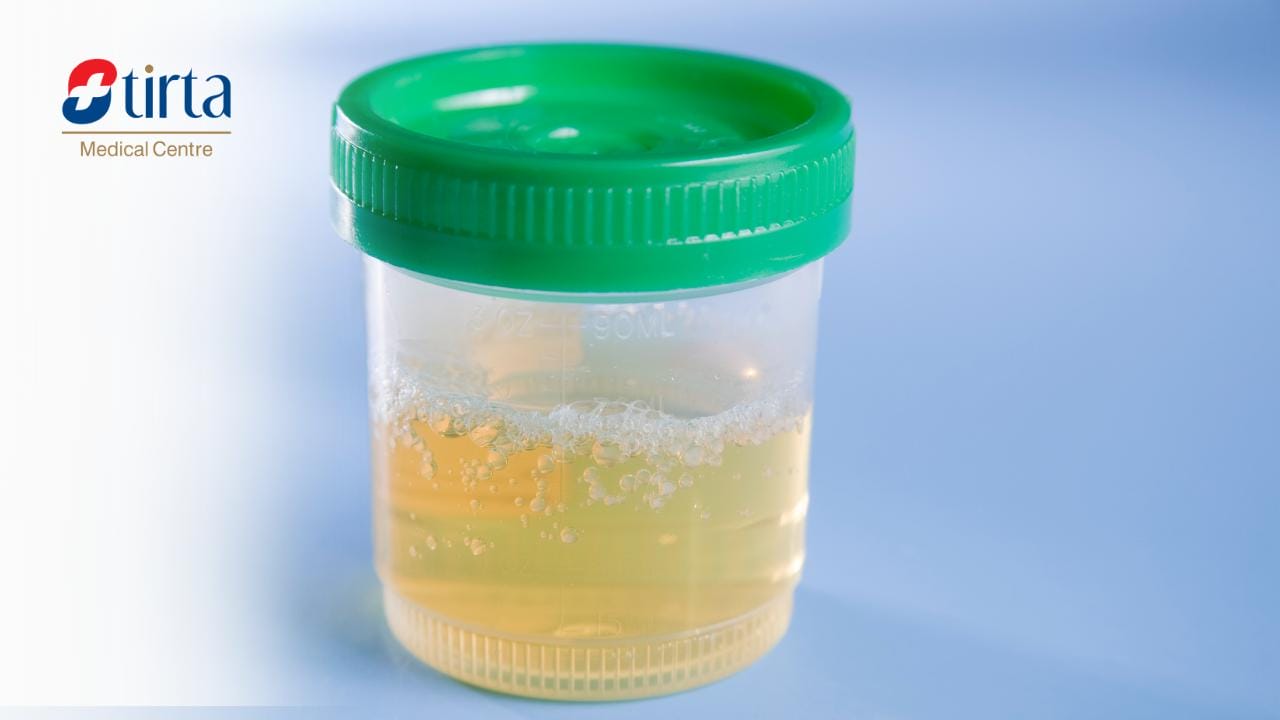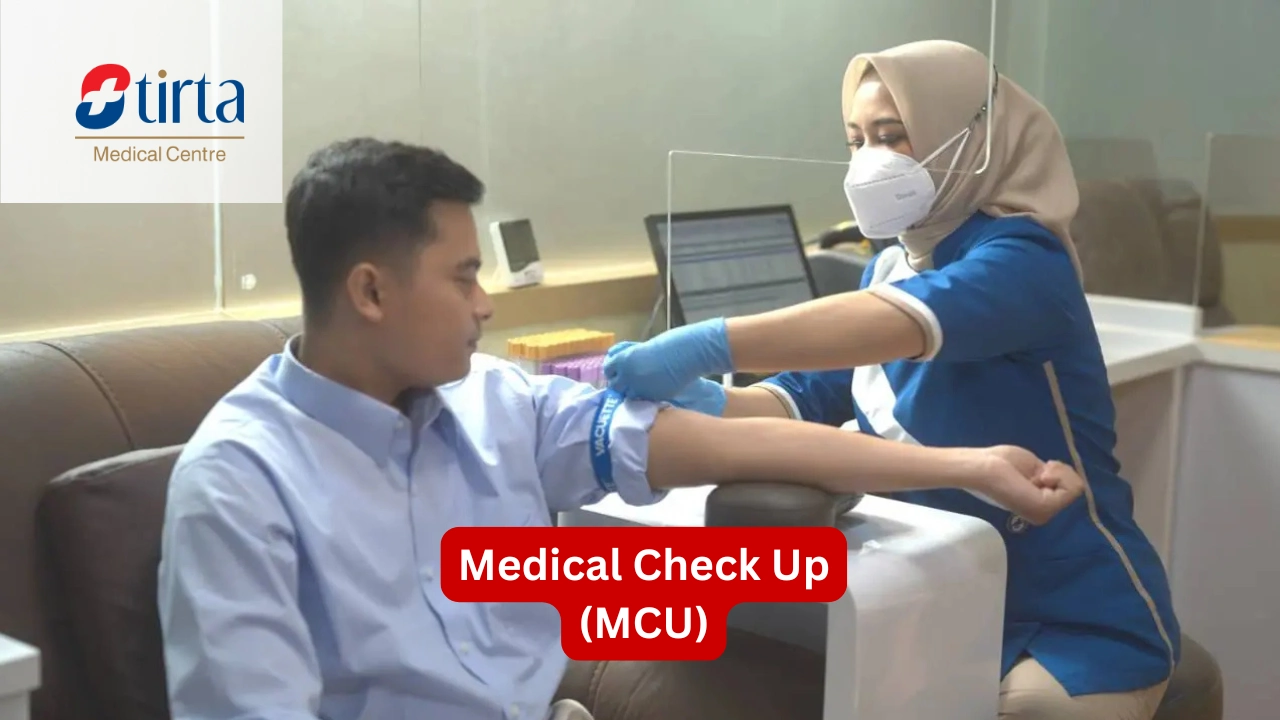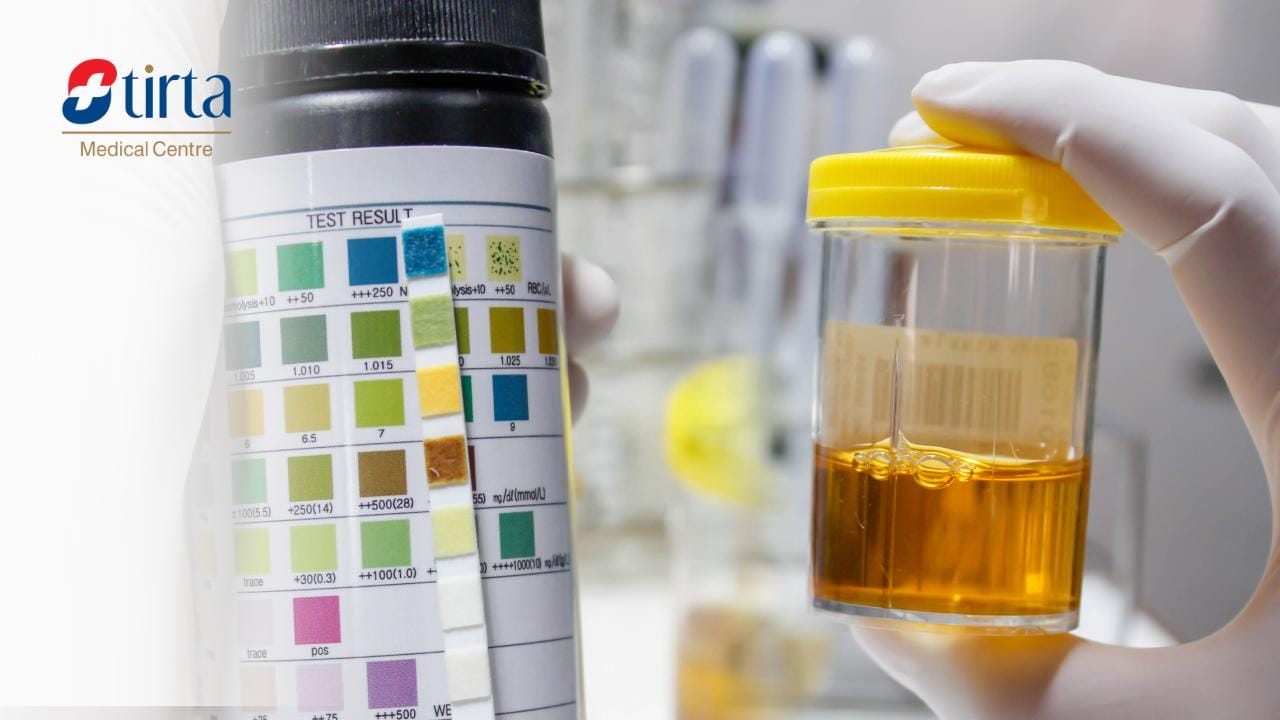Maintaining health and awareness about various diseases is key to leading a better life. One often overlooked but extremely dangerous disease is meningitis.
Complete and accurate information about meningitis can help people recognize and respond to its symptoms early on. In the following article, we will discuss meningitis in depth, from its definition and causes to its symptoms and risks.
Definition of Meningitis
Meningitis is the inflammation of the meninges, the protective membranes surrounding the brain and spinal cord. This inflammation can cause severe symptoms and requires immediate medical treatment.
Meningitis can affect people of all ages, but infants and the elderly are at higher risk. Inflammation can be caused by infections or non-infectious causes, like allergies or injuries.
Causes of Meningitis
Meningitis can be caused by various pathogens and non-infectious conditions. Here are the main causes of meningitis:
1. Bacterial Meningitis
This is the most severe form and requires immediate medical attention. Bacteria such as Neisseria meningitidis (meningococcus), Streptococcus pneumoniae (pneumococcus), and Haemophilus influenzae type b are primary causes. These bacteria enter the bloodstream, rea2. ch the brain and meninges, causing acute inflammation.
2. Viral Meningitis
Generally less severe than bacterial meningitis. Common causes include enteroviruses, herpes simplex, and HIV. Many cases of viral meningitis improve without treatment within two weeks.
3. Fungal Meningitis
Occurs primarily in people with weakened immune systems, such as those with AIDS or those taking immunosuppressive medications. Pathogens include Cryptococcus neoformans and Coccidioides.
4. Parasitic Meningitis
Can occur if amoebas enter the brain through the nose, particularly while swimming in freshwater.
5. Non-Infectious Causes
Include medication or chemical allergies, head injuries, cancer, and systemic diseases like lupus that cause meningeal inflammation.
Understanding the various causes of meningitis helps in proper diagnosis and management, allowing for better prevention and more effective treatment.
Meningitis Symptoms
Recognizing meningitis symptoms early is crucial for appropriate and swift management. Here are common symptoms of meningitis:
1. Severe and Unusual Headache
Headaches in meningitis cases are typically very severe and unlike normal headaches. This is one of the most common signs of meningitis.
2. Sudden High Fever
Individuals with meningitis often experience a sudden high fever, which is the body’s response to infection.
3. Neck Stiffness
Stiffness in the neck or difficulty bending the neck is another very characteristic symptom of meningitis. This is caused by inflammation in the meninges, making the neck muscles very tight.
4. Sensitivity to Light (Photophobia)
Increased sensitivity to light is another common symptom, causing discomfort or pain when exposed to bright light.
5. Nausea and Vomiting
These symptoms often occur and are caused by irritation and pressure on the brain as a result of inflammation.
6. Confusion or Difficulty Concentrating
Individuals with meningitis may experience mental changes such as confusion, difficulty concentrating, or even delirium, especially in bacterial meningitis.
7. Seizures
In more severe cases, patients may experience seizures indicating the worsening of infection or inflammation within the brain.
Seek medical help immediately if you or someone near you shows these symptoms, especially if they appear suddenly.
Types of Meningitis
Meningitis is a serious medical condition that requires emergency care. It is caused by inflammation of the meninges, the membranes that surround the brain and spinal cord.
Meningitis has different types and can be caused by viruses, bacteria, fungi, or drug reactions. Here are the most common types of meningitis:
1. Viral Meningitis
Viral meningitis is the most common type and is usually less serious compared to bacterial meningitis. Viruses that most often cause this meningitis include enteroviruses, herpes simplex virus, varicella-zoster virus, and mumps virus.
Symptoms of viral meningitis include headache, fever, stiff neck, and fatigue. Most cases of viral meningitis will resolve on their own without specific treatment.
2. Bacterial Meningitis
Bacterial meningitis is a more serious type of meningitis and can be life-threatening if not treated promptly. Common bacteria that cause bacterial meningitis include Neisseriameningitidis, Streptococcus pneumoniae, and Haemophilus influenzae.
Symptoms of bacterial meningitis can appear suddenly and include high fever, severe headache, stiff neck, nausea, vomiting, and altered consciousness. Immediate treatment with intravenous antibiotics is necessary to treat bacterial meningitis.
3. Fungal Meningitis
Fungal meningitis is caused by a fungal infection that spreads from the bloodstream to the spinal cord or brain.
This type of meningitis is uncommon and usually affects people with weakened immune systems, like those with HIV/AIDS or undergoing chemotherapy.
Common fungi that cause meningitis include Cryptococcus, Histoplasma, and Coccidioides.
Symptoms are similar to bacterial and viral meningitis, including fever, stiff neck, and headache. Treatment involves the use of antifungal medications.
4. Parasitic Meningitis
Parasitic meningitis is caused by parasites found in soil, feces, and in some animals and food. The most well-known parasites causing meningitis include Angiostrongylus cantonensis and Naegleria fowleri.
Parasitic meningitis is not transmitted from person to person but rather through consuming contaminated food or water. Symptoms include headache, fever, stiff neck, and in severe cases, it can cause brain damage.
5. Non-infectious Meningitis
Non-infectious meningitis is not caused by an infection but rather by other medical conditions or treatments. Causes can include lupus, head injuries, brain surgery, cancer, or reactions to certain medications.
Symptoms of non-infectious meningitis are similar to other types of meningitis and include headache, fever, and stiff neck. Treatment focuses on addressing the underlying condition.
Diagnosis of Meningitis
Meningitis is a serious medical condition that requires rapid and accurate diagnosis. To ensure that appropriate treatment can be initiated promptly, various diagnostic methods are used by healthcare providers. Here are the steps in diagnosing meningitis:
1. Physical Examination
A doctor will perform an initial physical examination to check for common signs of infection. This examination is crucial for identifying the clinical symptoms typical of meningitis.
2. Blood Cultures
Taking a blood sample is a common initial step. The blood sample is placed in a special medium to see if any microorganisms such as bacteria grow. Results from blood cultures can help identify the cause of the infection.
3. Lumbar Puncture (Spinal Tap)
A lumbar puncture is a crucial procedure for a definitive diagnosis of meningitis. This procedure involves taking a sample of cerebrospinal fluid (CSF) from the lower spine.
This fluid is then analyzed for the presence of white blood cells, abnormal protein and sugar levels, and microorganisms causing the infection.
4. Imaging Tests
Imaging tests such as CT scans or MRIs are used to check for swelling or inflammation in the brain. These tests help to evaluate the condition of the brain and spinal cord in more detail.
5. Other Tests
Additional tests such as nasal or throat swab tests, and stool tests may be performed to look for signs of specific infections. These tests are important especially if a cause other than bacteria is suspected.
6. Laboratory Analysis
Cerebrospinal fluid obtained from a lumbar puncture is further analyzed in the laboratory.
If viral meningitis is suspected, DNA-based polymerase chain reaction tests or antibody tests may be necessary to determine the specific cause and appropriate treatment.
Diagnosis of meningitis must be conducted as quickly as possible because the condition can progress rapidly and become life-threatening.
How to Treat Meningitis
Meningitis is a serious condition that requires prompt diagnosis and treatment. The treatment for meningitis depends on its cause. Here are the ways to treat meningitis based on the type of infection:
1. Treatment for Bacterial Meningitis
Bacterial meningitis requires immediate treatment with intravenous antibiotics and sometimes corticosteroids. This step is crucial to ensure recovery and to reduce the risk of complications such as brain swelling and seizures.
The type of antibiotic used to treat bacterial meningitis depends on the type of bacteria causing the infection. Doctors will prescribe broad-spectrum antibiotics until the exact cause of meningitis is identified. In some cases, infected sinuses or mastoids may need to be drained.
2. Treatment for Viral Meningitis
Antibiotics are not effective in treating viral meningitis. Most people with viral meningitis will improve on their own within a few weeks. Treatment for mild cases typically includes:
- Bed rest
- Drinking plenty of fluids
- Pain relievers to reduce fever and body aches
- Doctors may prescribe anticonvulsant medications to control seizures and corticosteroids to reduce brain swelling. If the meningitis is caused by the herpes virus, antiviral medications are available.
3. Treatment for Fungal Meningitis
Fungal meningitis is treated with antifungal medications. A combination of certain antibiotics may be used to treat tuberculosis meningitis.
These medications can have side effects, so treatment may be delayed until the lab confirms the fungal cause.
4. Treatment for Non-infectious Meningitis
Non-infectious meningitis caused by allergic reactions or autoimmune diseases can be treated with corticosteroids.
In some cases, no treatment is needed because the condition can resolve on its own. Meningitis associated with cancer requires therapy for the specific underlying cancer.
If you or someone you know shows symptoms of meningitis, it is important to seek medical help immediately. Here are some steps you can take when preparing for a medical appointment:
- Write down all the symptoms experienced, including changes in mood, thoughts, or behavior.
- Record important personal information, including vaccination history and interactions with animals.
- Bring a list of all medications, vitamins, or supplements being taken.
- Bring a family member or friend who can help remember the information provided by the doctor.
- Appropriate treatment for meningitis can save lives and prevent serious complications. If you suspect exposure or display symptoms of meningitis, contact a healthcare provider immediately.
Prevention of Meningitis
Taking preventive measures can reduce the risk of developing meningitis. Here are some recommended prevention strategies:
1. Meningitis Vaccination
Meningitis vaccines are the most effective way to prevent meningitis. Available vaccines include those against pneumococcal, meningococcal, and Haemophilus influenzae type B (Hib).
2. Good Hygiene Practices
Regular and thorough hand washing, especially after sneezing, coughing, before eating, and after using the toilet.
3. Avoid Close Contact
Avoiding close contact with sick individuals and practicing good personal hygiene can help prevent the spread of germs that cause meningitis.
4. Maintain a Strong Immune System
“Eating a diverse range of nutrient-rich foods, staying active, and prioritizing rest are ways to keep the immune system strong.”
Risks of Meningitis in Children and the Elderly
Children and the elderly are at a higher risk for meningitis due to specific factors. Here are some common risks in these age groups:
1. Less Developed or Declining Immune System
Children, especially infants, have immature immune systems, while the elderly experience a decline in immune function with age.
2. Incomplete or Ineffective Vaccination
Some elderly may have weakened immune systems, making vaccines less effective for them.
3. Environmental and Hygiene Factors
Children often are in environments like schools or daycare centers, which are common places for the spread of infections.
Elderly, especially those in long-term care facilities, are at high risk due to exposure to pathogens.
4. Underlying Medical Conditions
Both children and elderly with certain medical conditions are more vulnerable to meningitis.
5. Use of Medical Devices and Procedures
Elderly individuals receiving medical care are at a higher risk for developing hospital-acquired meningitis.
It is crucial to know the symptoms and take preventive measures like vaccination and hygiene to protect both age groups from the danger of meningitis.
This is comprehensive information about meningitis from Tirta Medical Centre, aimed at deepening your understanding of meningitis. Stay healthy!
References:
- WHO. Accessed in 2024. Meningitis: https://www.who.int/news-room/fact-sheets/detail/meningitis
- Mayo Clinic. Accessed in 2024. Meningitis – Symptoms and causes. https://www.mayoclinic.org/diseases-conditions/meningitis/symptoms-causes/syc-20350508
- Healthline. Accessed in 2024. Meningitis: Everything You Need to Know: https://www.healthline.com/health/meningitis
- CDC. Accessed in 2024. Meningitis. https://www.cdc.gov/meningitis/index.html








